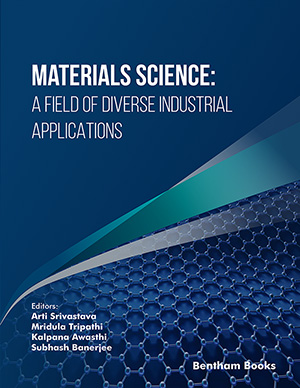Abstract
Adsorption is one of the simplest ways and means to remove dyes from water. The process of adsorption simply involves the removal of water contaminants that come in contact with adsorbents, i.e., the materials of interest. The material should only have sufficient surface area, porosity, and adequate numbers of adsorption sites. Besides being one of the simplest means of dye removal, the process has further advantages in that the same material may be used many times, i.e., regarding the recyclability of the material. Keeping all these in mind in this chapter, a detailed discussion regarding the adsorption process has been included. The discussion not only covers the basic principle of the process but also unfolds the analysis technique regarding the performance of certain material as an efficient absorber. The quantification of removal efficiency will also be a topic of discussion. The setup for such a kind of measurement will be unveiled, and most importantly, different theoretical models for such a process will also be a topic of interest in this chapter. The different models include the Langmuir model, Freundlich model, Temkin model, and others. An effort has also been made to enlighten the readers with the different reaction kinetics like pseudo-first-order, or second-order reaction kinetics. In every subsection, a few experimental data will be shown and discussed.
Keywords: Adsorption, Absorption, Isotherm, Reaction kinetics, Regression coefficients, UV-Visible spectroscopy.






















